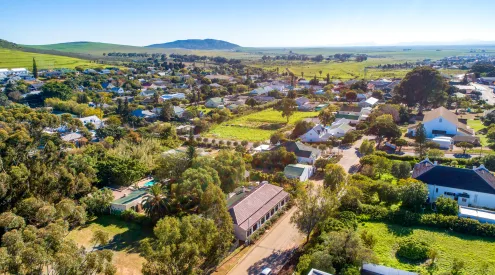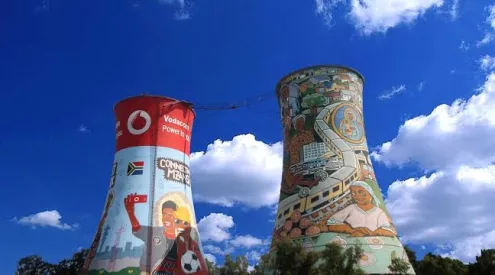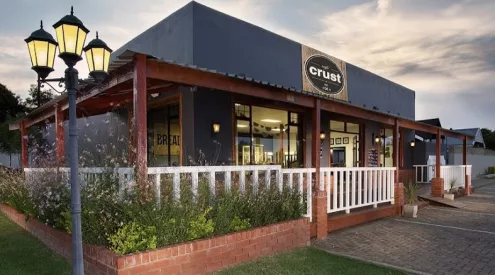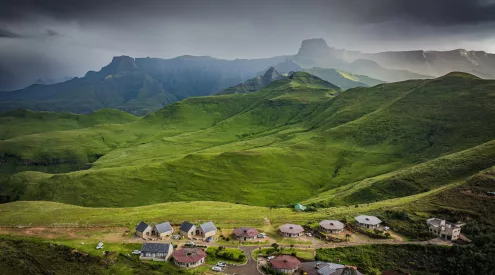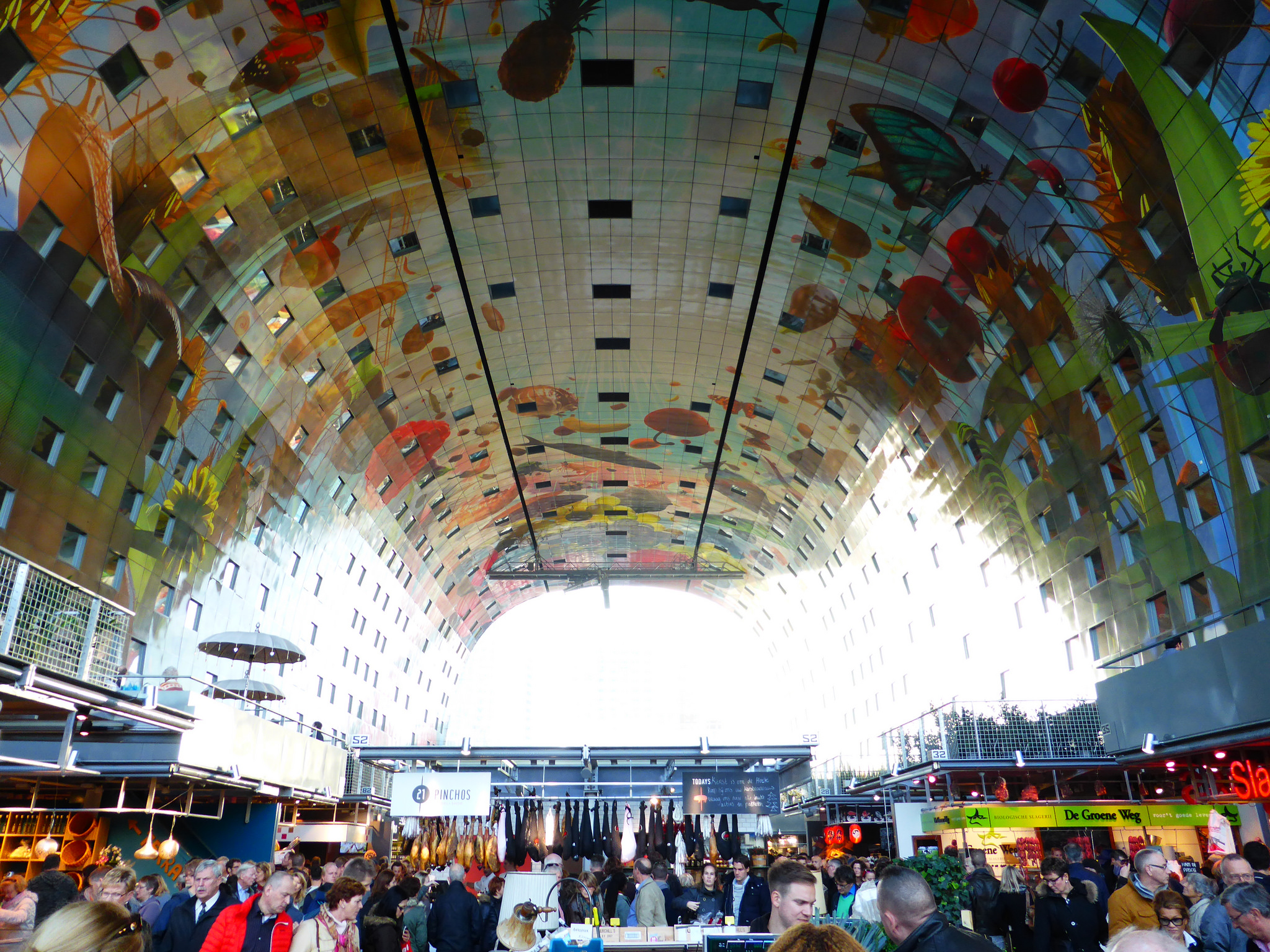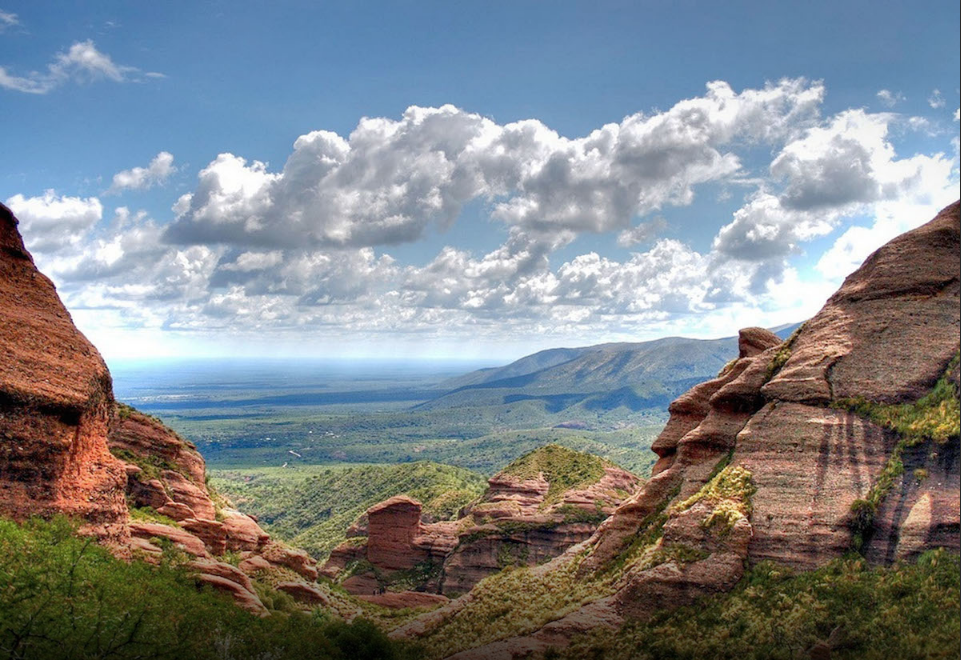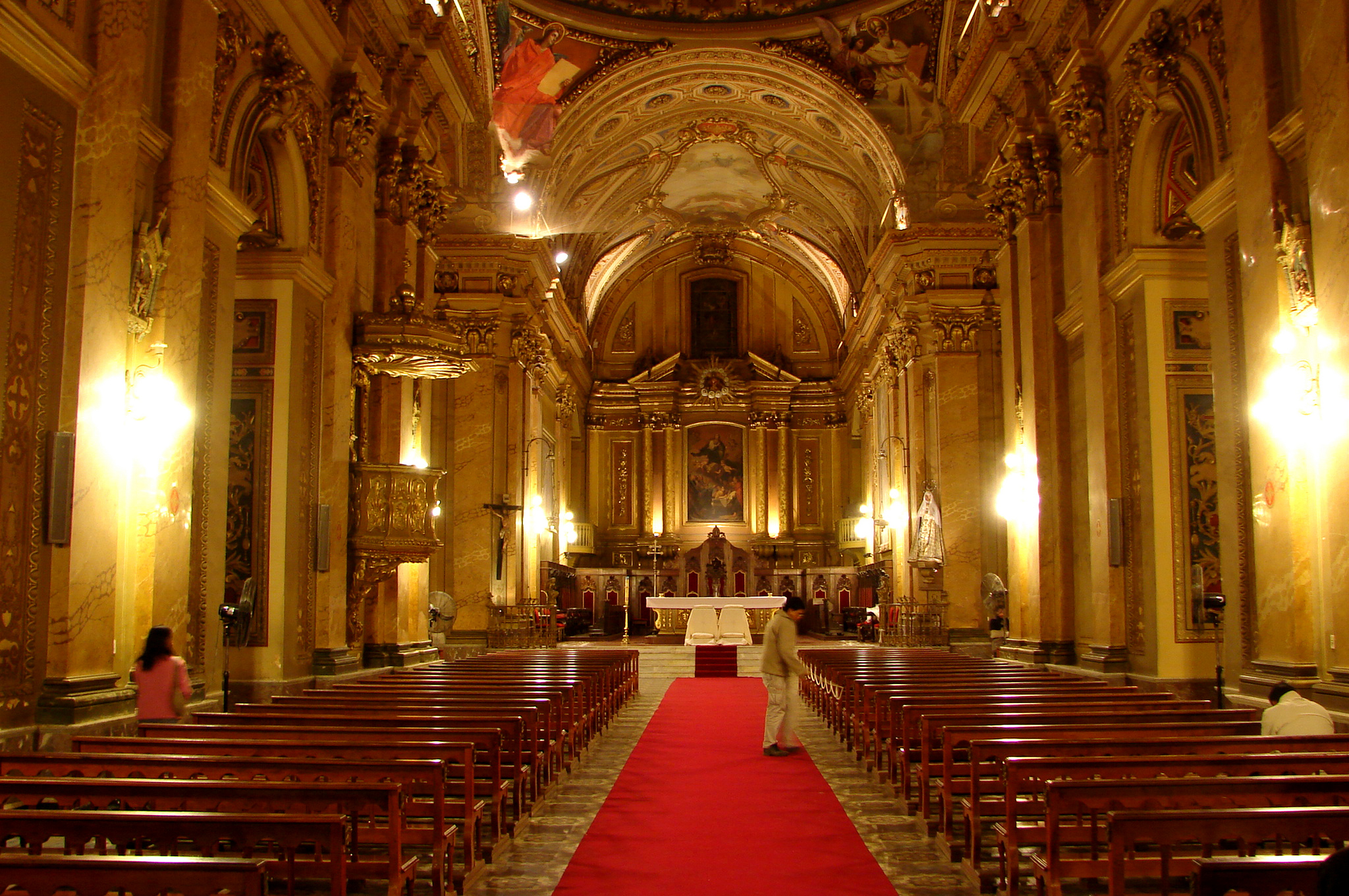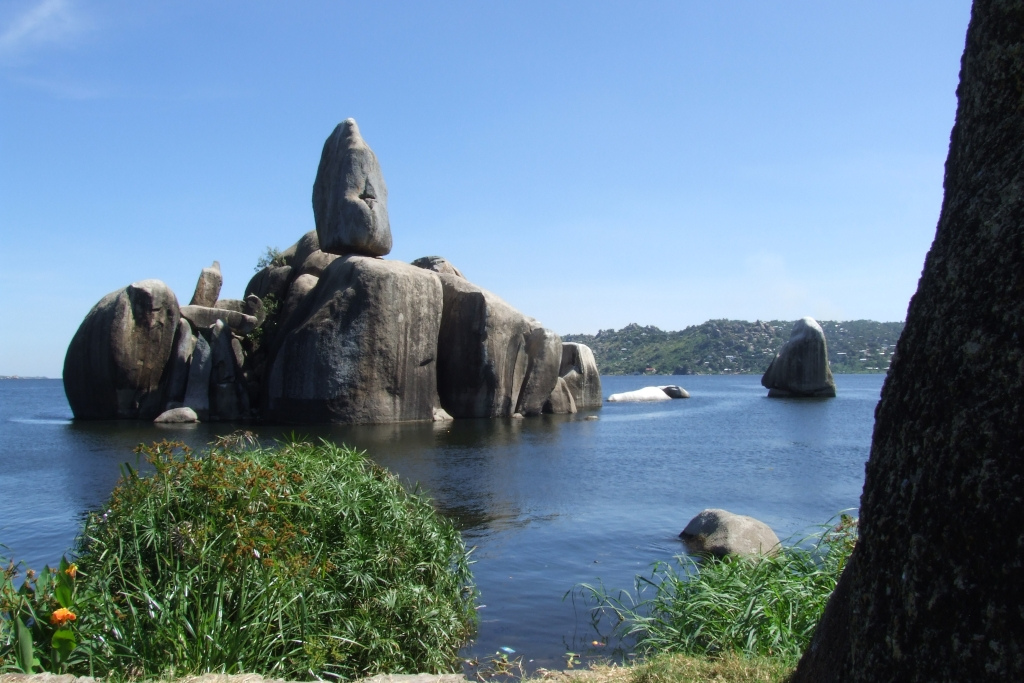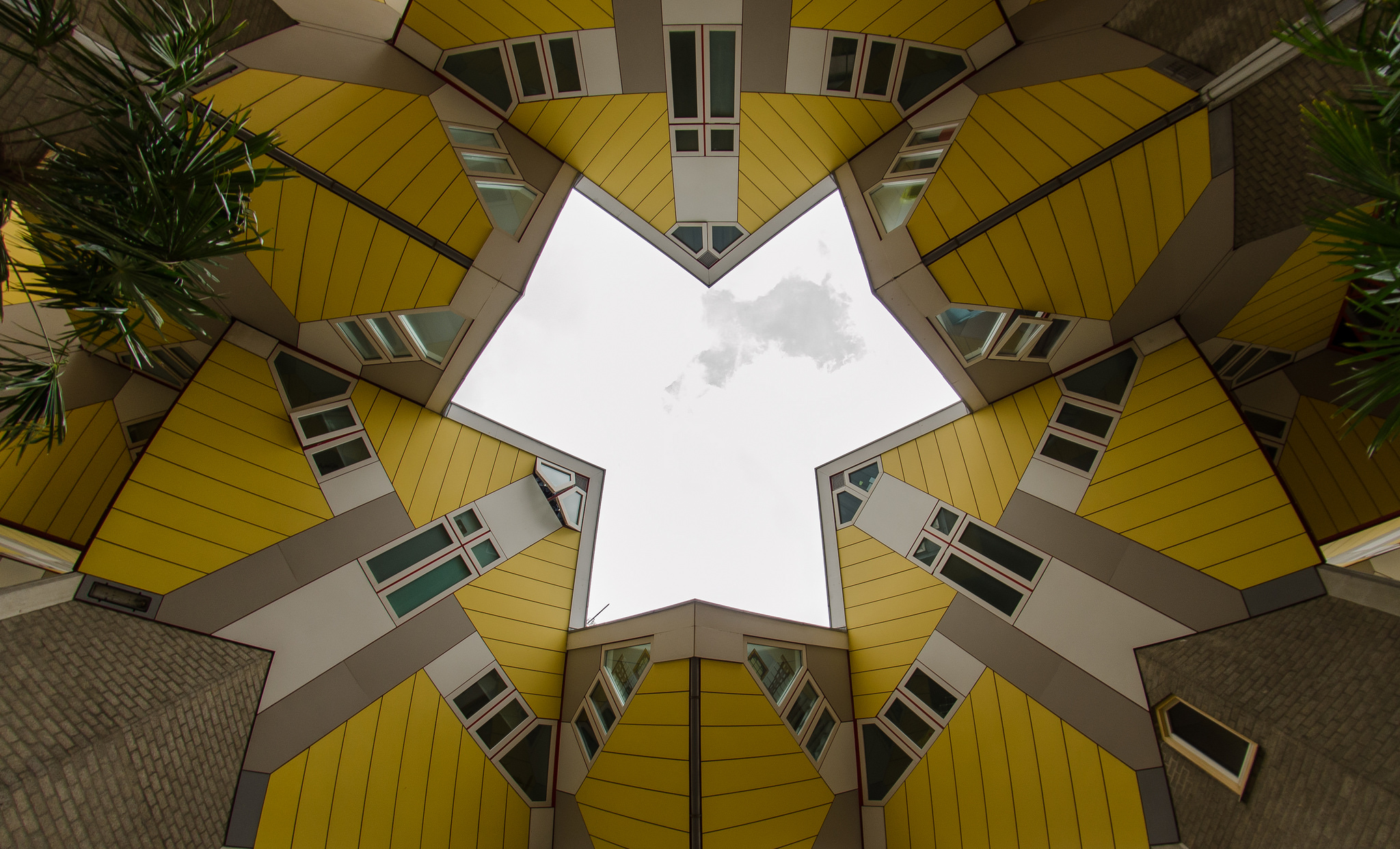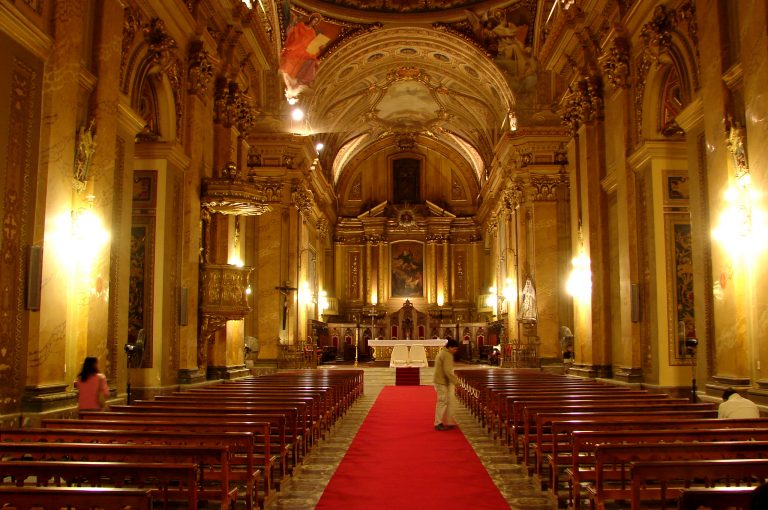A country’s ‘second city’ might only be its second largest, but this doesn’t make it second best. Some lure tourists from near and far and others are slightly under-the-radar. Whatever the status, these second cities have a character of their own.
1. Porto, Portugal
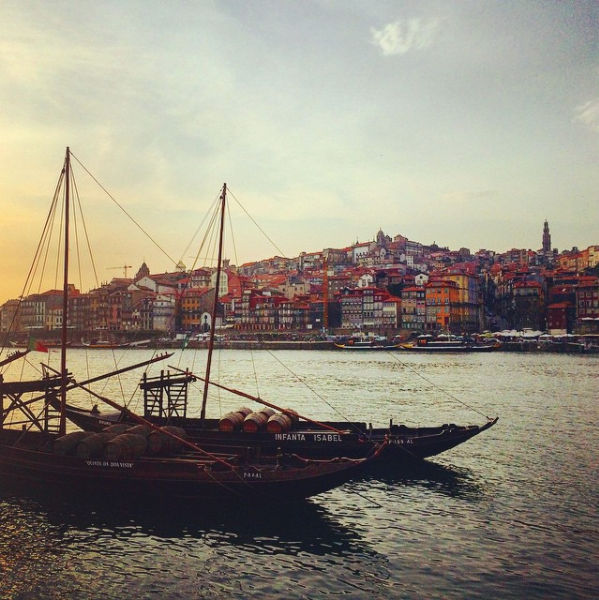
Portugal is named after Porto and the Latin name for it was Portus Cale. Photo by snielsen412
The home ground of port wine, Porto just can’t seem to escape the title of ‘Best European Destination’, which it’s received in 2012, 2014 and 2017.
The River Douro waters the Douro Valley where there have been vineyards for generations. Across the river from Porto is Vila Nova de Gaia where the port wine is aged. You can visit the cellars in Gaia for wine tastings.
Another attraction in Porto is the Sao Bento Railway Station, where the glazed coloured tiles or azulejos depict Portugal’s history. For an extra dose of culture, Serralves is comprised of a contemporary art museum, mansion and exquisite gardens (Parque de Serralves) where there are attractions such as a rose garden, the Sun Dial Garden and a Camellia garden. Porto is almost three hours from Lisbon.
Also read: Lisbon: a budget-friendly guide to the good life
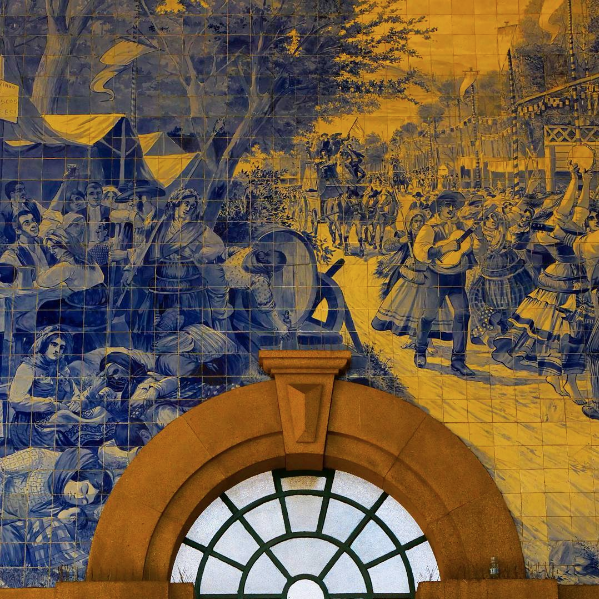
There are 20000 ceramic tiles inside the Sao Bento Railway Station. Photo by Vinicius de Oliveira.
2. George Town, Malaysia
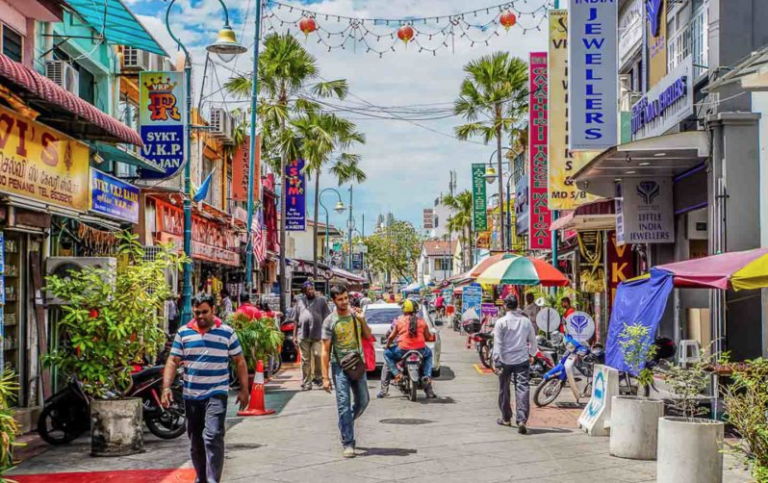
George Town is the capital city of the state of Penang and was named after King George III. Photo by Getting Stamped Blog
Almost four hours from Kuala Lumpur is Malaysia’s gastronomic capital. George Town is a colourful smorgasbord of cultures with Chinese, Indian and British influences. One attraction is the Cheong Fatt Tze or the Blue Mansion, a heritage boutique hotel that’s celebrated as an architectural masterpiece. It has distinct indigo lime-washed walls, art nouveau stained glass and Chinese styles that show the cultural blend.
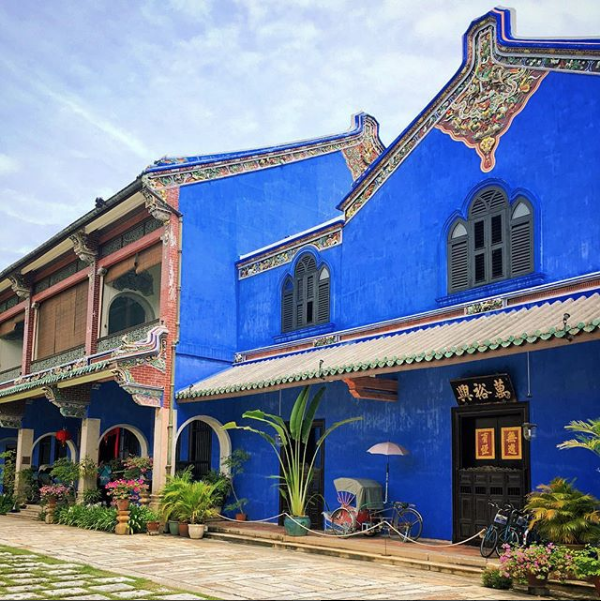
Cheong Fatt Tze (1840-1916) is the namesake of a politician and entrepreneur who wanted to preserve his Chinese heritage instead of living in an Anglo-Indian home, the popular style of the time. Photo by Lisa DiMaggio
George Town is peppered with old buildings, like churches, mosques, temples and British colonial offices and monuments.
The coffee shops, street food and street art scene pour modernity into the city. Other places to go include the Clan Jetties, six jetties named after Chinese clans that built stilt houses. They are part of the Penang Heritage Trail. George Town also has an eco-friendly theme park called Escape Adventure Play.
3. Antwerp, Belgium
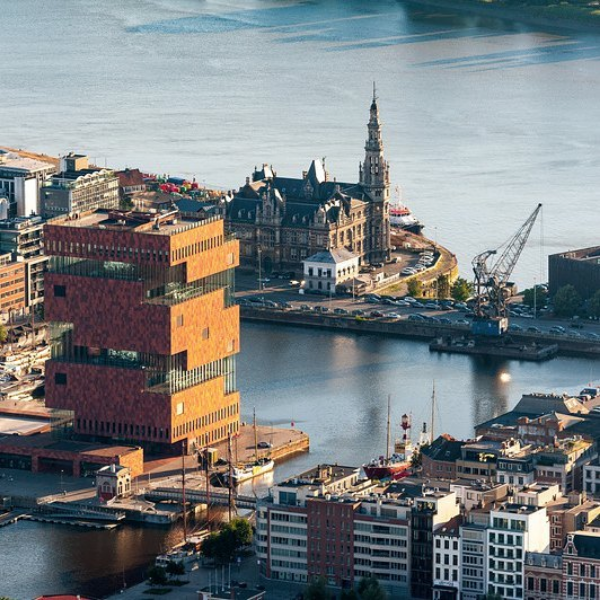
The MAS Museum is made from Indian red sandstone and has curved glass panels. It is on the river Scheldt. Photo by antwerpen
Sister city to Brussels, Antwerp is said to be one of the lesser known cities in Europe. It’s listed on Lonely Planet’s ‘Top 10 cities to visit in 2018’ so all of that could change. Antwerp was a thriving and influential trading centre in the sixteenth century and in the twenty-first century, is a diamond, architecture, fashion and food capital. It’s just an hour from Belgium’s capital, Brussels.
Het Eilandje (‘the little island’) is a neighbourhood north of Antwerp that has metamorphosed into a coffee hub since the opening of the MAS Museum (Museum aan de Stroom). It honours Antwerp’s history as a port city. Another museum in Het Eilandje is Red Star Line, a homage to migrants from Belgium to New York during the late nineteenth century.
An interesting way to see Antwerp is to hop on board the Pancake boat that takes you through the harbour while pancakes are served.
Another Belgian city is that of Ghent which Getaway’s Melanie van Zyl described as ‘…under-the-radar, interesting, trendy and beautiful! Same old-city vibes as Bruges, but with modern character!’ Ghent has a hop-on-hop-off water tram-way where the city can be seen in six stops.
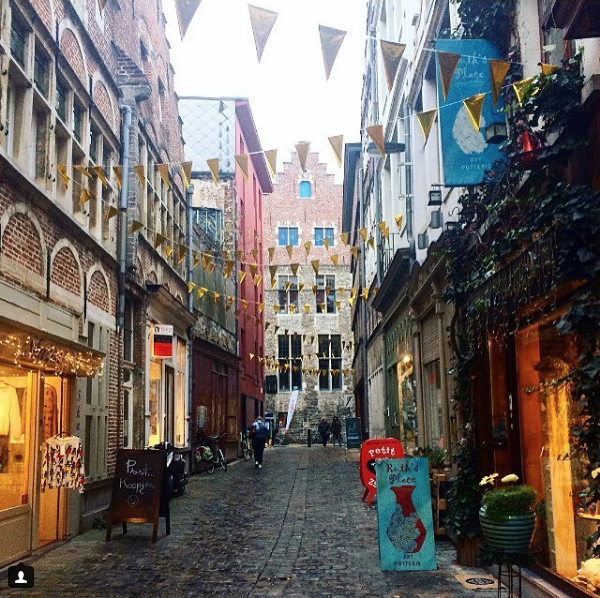
A cobbled street in Ghent. In the 11th century, Ghent was the second biggest city in Northern Europe after Paris. Photo by Silke Lenaerts.
4. Busan, South Korea
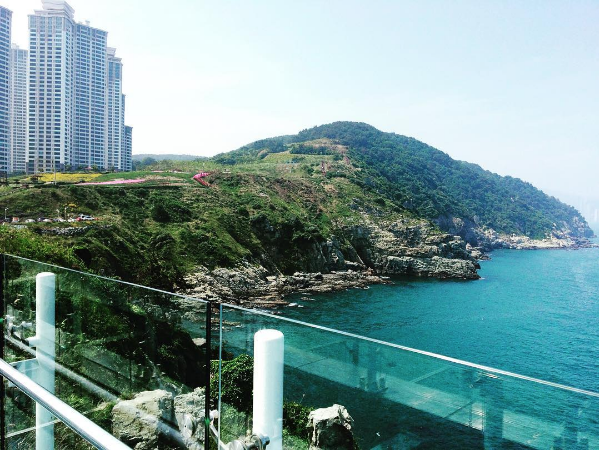
The Oryukdo Skywalk is 15 metres long and made up of 24 plates in a horseshoe formation. Photo by Noor Ahmad Khalid
From Seoul, Busan is about two hours and 40 minutes by train and about an hour by plane, but the cheapest option is the bus. The coastal city is said to be a contrast to Seoul with its beaches and mountains.
It looks like there’s lots of fun to be had in Busan. The Taejongdae Resort Park is a very popular tourist spot with its rocky oceanside cliffs and thick forests. The park can be explored on foot or the Danubi train that stops at different locations. There’s an observatory, lighthouse, Buddhist temple and clam tents selling a variety of shellfish.
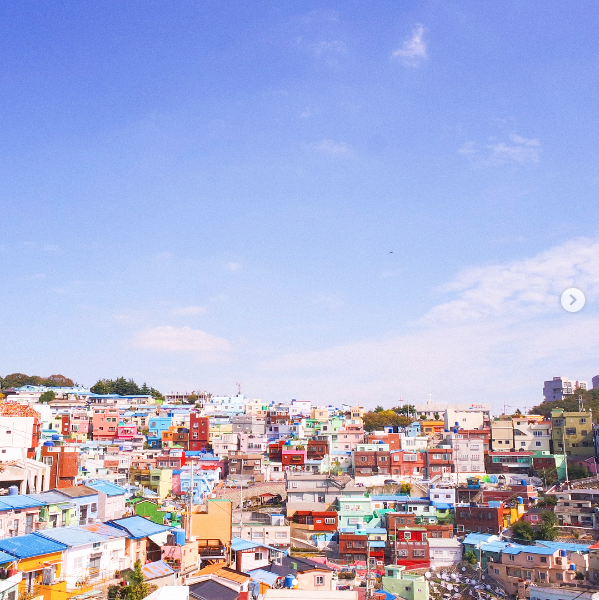
The renewal of Gamcheon Culture Village was a 2009 government initiative. Gamcheon began as a refugee settlement during the Korean War. Photo by aro.lo
Gamcheon Culture Village is a former slum that because of its transformation is now thought of as a cross between Santorini and Machu Picchu. The village lies on a coastal mountain with pastel-coloured houses and alleys adorned with murals and sculptures. You can spend the day winding through the alleys, admire the street art, tuck into Busan’s famous street foods and pop into the Gamcheon’s Little Museum.
Other Busan attractions are the Jagalchi Fish Market , Gwangalli Beach and Gukje Market for street food and electronics galore.
5. Rotterdam, Netherlands
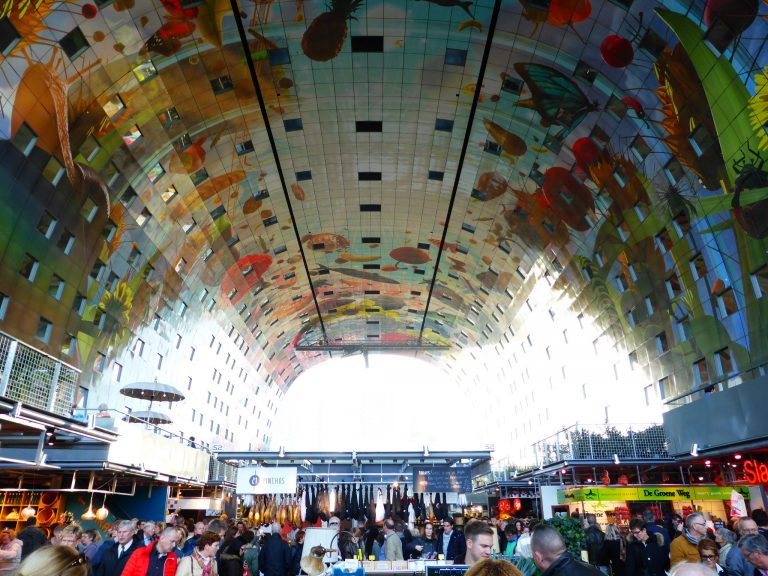
After Shanghai, Rotterdam’s is the second largest port in the world. Photo by Paul Arps
Getaway’s Ondela Mlandu says that ‘Rotterdam is incredibly modern and has a Jozi or New York feel’. Just an hour from Amsterdam, Rotterdam is a city that survived German air attacks in 1940 and has emerged from the shadows of Amsterdam due to the new architecture and crowd-funding efforts.
De Rotterdam is an example of the port city’s futuristic architecture with three linked towers that are 150 metres high. Markthal Rotterdam is the largest fresh food and hardware market with more than 90 stalls.
Rotterdam’s Museumpark is named because of the numerous museums surrounding it such as the Boijmans Van Beuningen (art museum), the Chabot Museum and the Natural History Museum. There are also installations, outdoor sculptures and street art in Rotterdam.
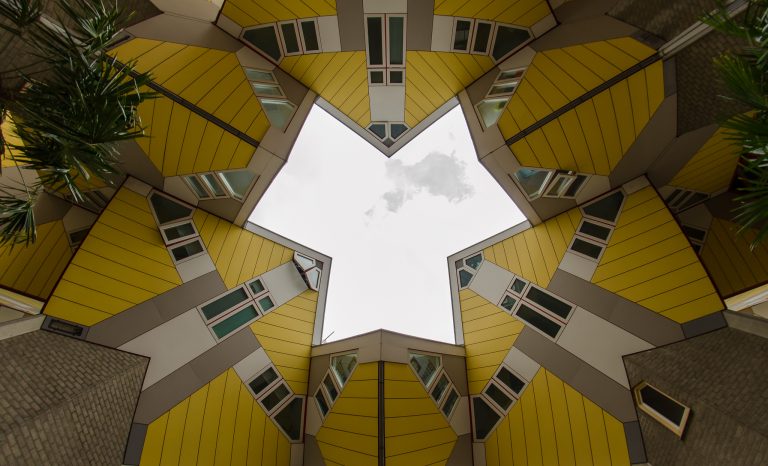
The cube homes tilt at a 45-degree angle. The Show Cube (Kijk-Kubus) belongs to a resident who allows people to tour their cube house. Photo by Erik Jacobs
The Kubuswoningen or Cube Houses are fascinating architectural creations conceptualised by architect Piet Blom in the 1970s. They’re in Oude Haven (Old Harbour), one of Rotterdam’s oldest ports and are supposed to represent an abstract forest. Oude Haven is the oldest harbour, built in the fourteenth century. There are many restaurants and bars with views of historic ships. The Witte Huis is also situated here and it was one of the few buildings to survive the German Bombings. The Witte Huis was Europe’s first high-rise building (43 metres), built in 1898.
6. Mwanza, Tanzania
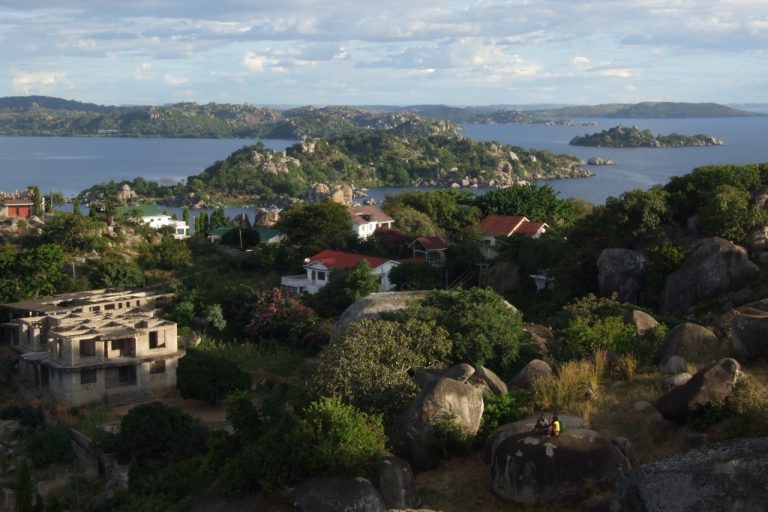
Mwanza was featured in a controversial documentary film, Darwin’s Nightmare, which is about the fishing industry around Lake Victoria. Photo by Jonathan Stonehouse
Northwest of Tanzania is Mwanza, located on the shores of Lake Victoria. In Mwanza, you’ll find it’s icon: the Bismarck Rock. This granite rock sits upon other large rocks that rise almost 10 metres above the surface of Lake Victoria. It gets its name from the German Chancellor, Otto von Bismarck (1815-1898). Mwanza is known as ‘Rock City’ because of the rocky hills that surround the city.
Rubondo Island National Park is about 150 kilometres west of Mwanza and teems with wild- and birdlife (over 300 bird species). There are hippos, crocodiles, otters, giraffe, elephant, chimpanzees and the semi-aquatic sitatunga antelope. Two kilometres from the city is Saanane Island National Park, a small, rocky island where you can experience Lake Victoria’s wildlife. Multi-coloured agama lizards, rock hyraxes, grey kestrels and yellow-throated leafloves live on Saanane among other creatures.

The Bismarck Rock is the one that appears to be balancing atop the other rock. The rock is granite rock. Photo by Jonathan Stonehouse
Mwanza also has culture-lovers covered with the Sukuma Museum which preserves the history and artefacts of the Sukuma people, Tanzania’s largest ethnic group. Mwaloni Market, just three kilometres from Mwanza is a fresh fish, fruit and vegetable market that often grabs the attention of tourists.
7. Cordoba, Argentina
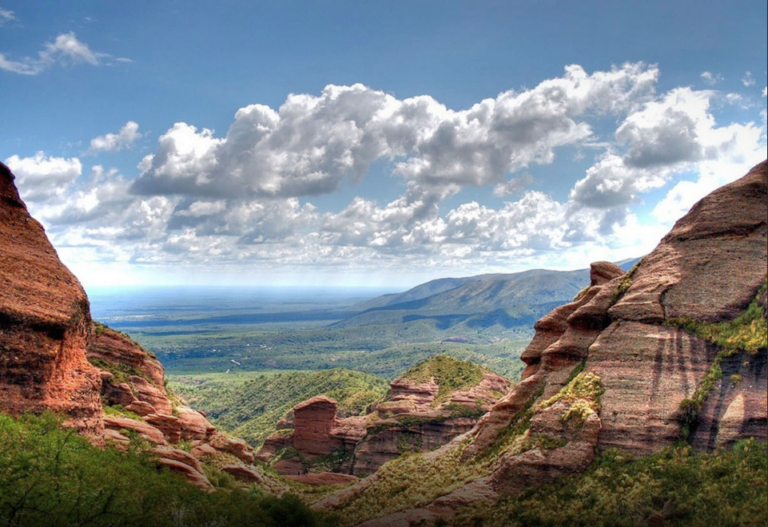
The highest point of the Sierras de Cordoba is Cerro Champaqui which is 2770 metres high. Photo by The Bubble (website)
The city of Cordoba in Cordoba Province used to be the capital of Argentina until 1776 and is called the ‘Heartland of Argentina’. There is a thriving student population because of the presence of seven major universities. The past mingles with the present in Cordoba and its been described as having a different personality to Buenos Aires.
The Jesuit Block is a UNESCO World Heritage Site in the centre of Cordoba. Among these historical buildings is one of Argentina’s first university and the Cathedral of Cordoba. There are also schools and residences dating back to the seventeenth century and eighteenth century.
Paseo del Buen Pastor or ‘The Good Shepherd’s Promenade’ used to be women’s prison, but is now a cultural and recreational complex where there are art exhibitions, galleries, cinemas, theatres and dancing water fountains. Guemes is a Bohemian neighbourhood that has eighteenth and nineteenth-century houses that were turned into restaurants, bars, art galleries, antique shops and boutiques.
Cordoba is flanked by the Sierras de Cordoba mountain range, which is older than the Andes. There are rivers, lakes and valleys with charming villages and towns that tourists usually head to. It’s also a destination for adventurous activities like rock climbing, scrambling and hiking.

